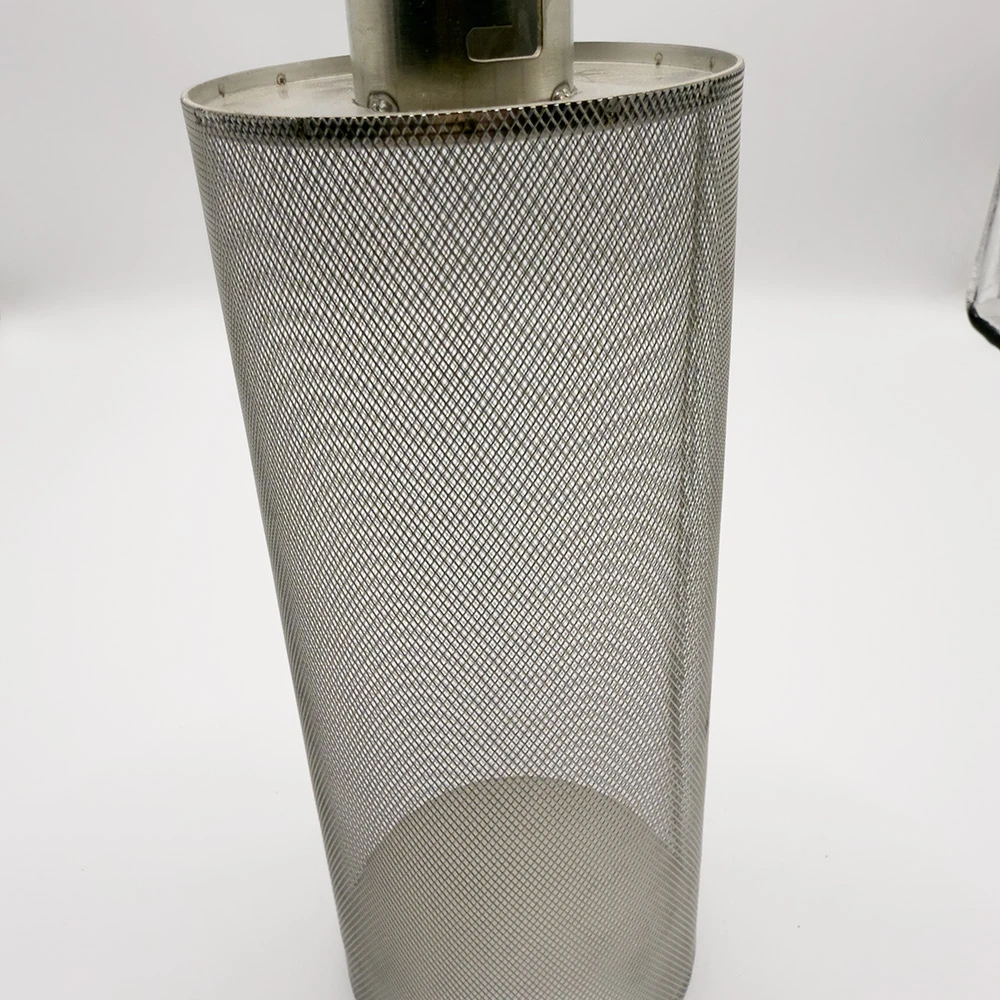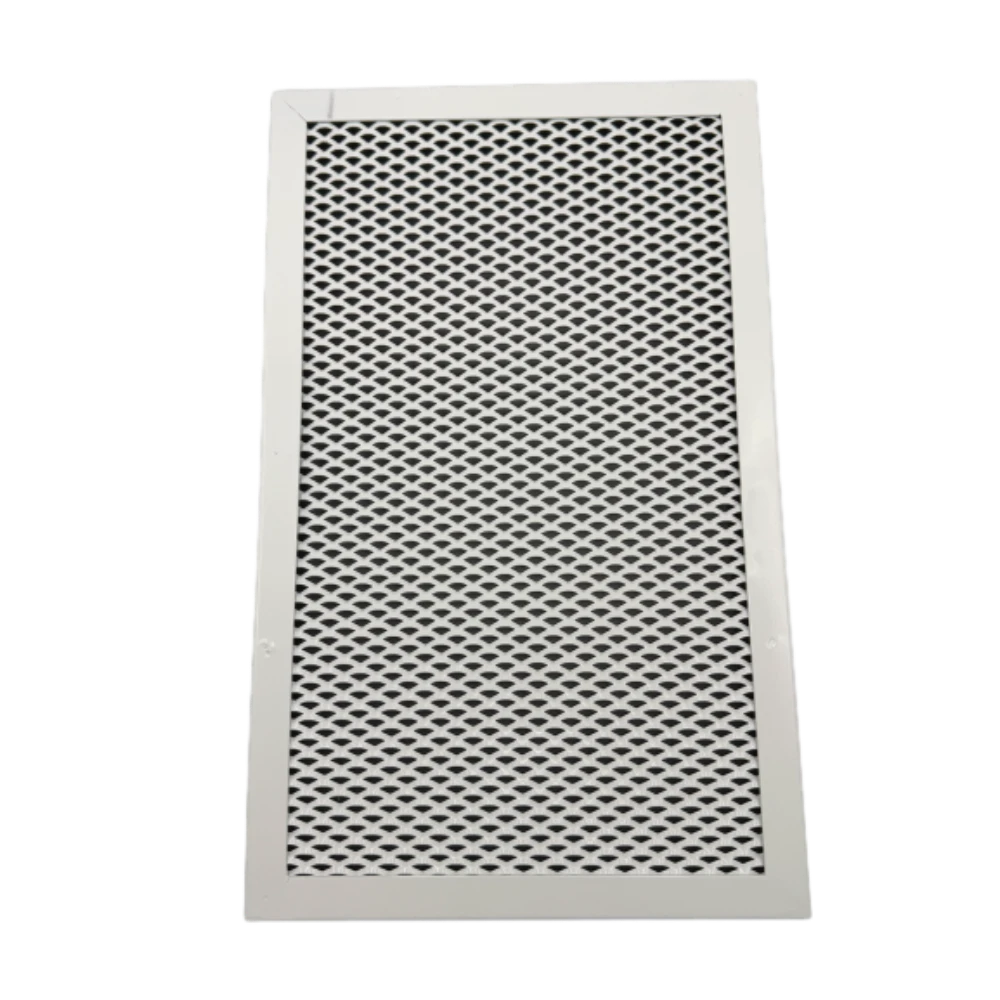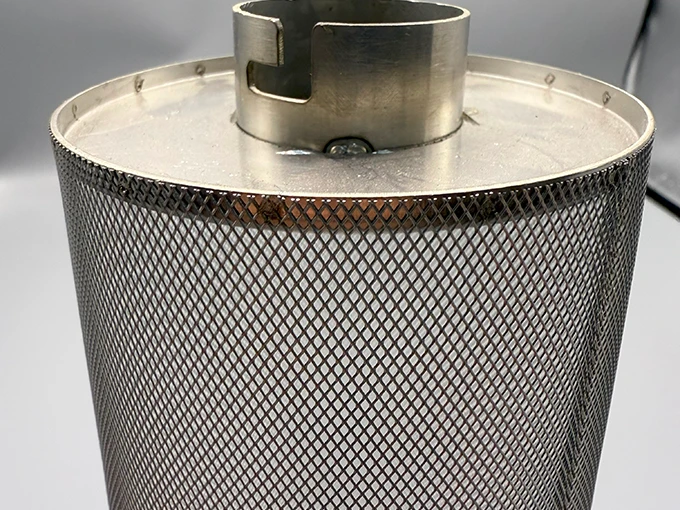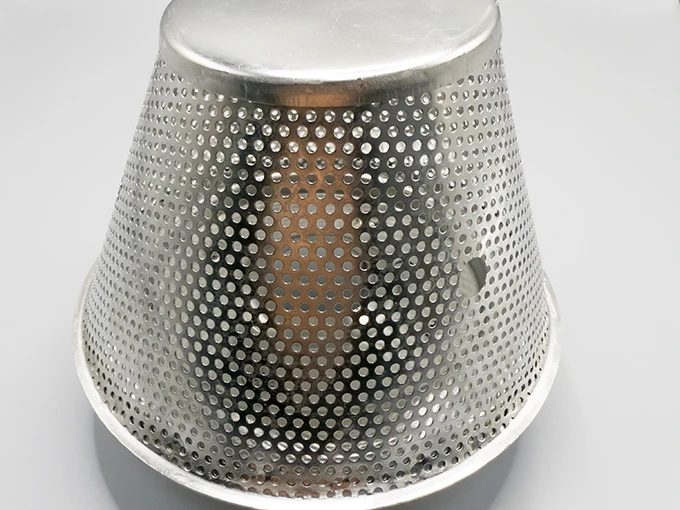- Fundamental principles of sintered metal filtration
- Technical performance advantages over alternatives
- Quantifiable impact on operational efficiency
- Manufacturer comparison across critical parameters
- Custom engineering approaches for specific applications
- Documented implementation case studies
- Strategic implementation considerations

(sintered metal filter disc)
Sintered Metal Filter Discs: The Foundation of Modern Filtration
Sintered metal filter discs represent precision-engineered solutions created through advanced powder metallurgy processes. Manufacturers compress metal particles – typically stainless steel, bronze, or nickel alloys – under extreme pressure before heating below melting point. This fusion creates porous structures with consistent micron ratings ranging from 0.5μm to 100μm. Unlike woven meshes, the three-dimensional matrix captures contaminants throughout the entire depth profile, significantly extending service life. Industrial applications consistently report 3-5x longevity compared to conventional alternatives when processing aggressive chemicals or high-temperature media.
Unparalleled Technical Performance Characteristics
Engineers specify sintered filter discs for applications requiring uncompromised mechanical stability and filtration consistency. Key performance advantages include:
Thermal resilience: Maintain structural integrity from cryogenic -200°C to +650°C environments
Pressure tolerance: Withstand differential pressures exceeding 1500 psig without media migration
Chemical compatibility: Resistant to pH extremes from 1-14 across most industrial chemicals
Regenerative capacity: 93-97% permeability restoration after ultrasonic or back-flush cleaning
Independent ISO 2941 testing demonstrates 98.7% filtration efficiency at 5μm, outperforming polymeric alternatives by 22-37% under identical conditions.
Documented Operational Impact Metrics
Quantitative analyses reveal sintered filters' financial impact across production environments. Petroleum refineries implementing 40μm sintered discs reported 11% yield improvement through reduced product retention. Semiconductor facilities measured 79% decrease in particle contamination shutdowns after installing 0.5μm filtration systems. Wastewater treatment plants documented 43% energy savings from decreased pump pressure requirements. According to industry maintenance records, operations achieve 15-35% lower total ownership costs over 7-year equipment lifecycles versus multilayer filter solutions.
Manufacturer Comparison Across Critical Parameters
| Manufacturer |
Porosity Range (μm) |
Max Pressure (psi) |
Material Options |
Lead Time (weeks) |
Bubble Point Certification |
| Mott Corp |
0.5-100 |
1750 |
6 alloys |
3-5 |
ISO 4001 |
| Pall Corporation |
5-80 |
1200 |
3 alloys |
6-8 |
ASME BPE |
| Porvair Filtration |
2-150 |
1600 |
8 alloys |
2-4 |
FDA CFR21 |
| Hengko Technology |
0.7-70 |
1450 |
5 alloys |
4-6 |
ISO 9001 |
Industry benchmarks show Mott Corp and Hengko deliver 22% higher flow-per-square-inch at equivalent micron ratings, while Porvair provides superior corrosion resistance in chlorine environments. Third-party validation through ASTM E128 and ISO 2942 standards remains essential for critical applications.
Custom Engineering Approaches
Leading suppliers develop application-specific configurations using advanced modeling techniques:
Gradient density designs: Multi-layered discs (5μm/20μm/50μm) increase contaminant loading 300%
Asymmetric geometries: Conical or radial flow patterns reduce pressure drop 45% in viscous fluids
Surface enhancements: Electropolishing decreases particle adhesion by 70% in pharmaceutical use
Hybrid materials: Nickel-silicon carbide composites withstand 850°C in pyrolysis applications
These techniques address unique challenges like high-viscosity polymer filtration (900+ poise) or extreme abrasive conditions where standard configurations fail prematurely.
Documented Implementation Case Studies
Chemical Processing: BASF Ludwigshafen replaced bag filters with 316L stainless steel sintered discs (10μm) in acrylic acid production, achieving:
• 94% reduction in unplanned downtime
• €480,000 annual maintenance savings
• Elimination of fiber shedding contamination
Hydronic Systems: District heating operator in Copenhagen implemented titanium sintered cartridges resulting in:
• 7-year service life versus 18-month polymer alternatives
• 22% reduction in pump energy consumption
• Complete elimination of plastic particle pollution
Sintered Metal Filter Discs: Strategic Implementation Considerations
Successful integration requires evaluating four critical parameters:
1. Fluid compatibility analysis using ASTM G31 immersion testing protocols
2. Differential pressure modeling to calculate optimal thickness-to-porosity ratios
3. Installation validation through multipoint bubble point testing
4. Regeneration schedule optimization using pressure decay monitoring
When properly engineered, these filtration solutions deliver operational continuity in environments where alternatives consistently underperform, particularly in multi-phase flow systems exceeding 400°C. Industry data confirms sintered metal filters provide 9-18 month ROI across petrochemical, pharmaceutical, and food-grade applications.

(sintered metal filter disc)
FAQS on sintered metal filter disc
Q: What is a sintered metal filter disc?
A: A sintered metal filter disc is a porous filtration device made by sintering metal powders, such as stainless steel. It efficiently removes contaminants from liquids and gases. Common applications include chemical processing and industrial purification systems.
Q: Where are sintered filter discs typically used?
A: Sintered filter discs are often deployed in high-pressure environments like oil refineries and pharmaceutical labs. They handle filtering tasks for liquids and gases, such as catalyst recovery. Their robust design suits applications requiring high purity.
Q: What are key advantages of sintered metal filter discs?
A: Advantages include superior temperature and corrosion resistance, along with long durability. They offer customizable micron ratings for precise filtration. This makes sintered metal filter discs cost-effective for demanding industrial use.
Q: How do you clean a sintered metal filter disc?
A: Clean sintered metal filter discs using methods like back-flushing or ultrasonic cleaning. Avoid harsh chemicals that might damage the pores. Regular maintenance ensures extended lifespan and consistent performance.
Q: How does a sintered filter disc compare to a sintered metal filter cartridge?
A: A sintered filter disc provides surface filtration in a flat, plate-like form, ideal for small setups. A sintered metal filter cartridge offers depth filtration with a cylindrical shape for larger systems. Both ensure efficient contaminant removal.


















![$item[title] $item[alt]](https://www.ccmetalmesh.com/images/cc-7691.webp)

